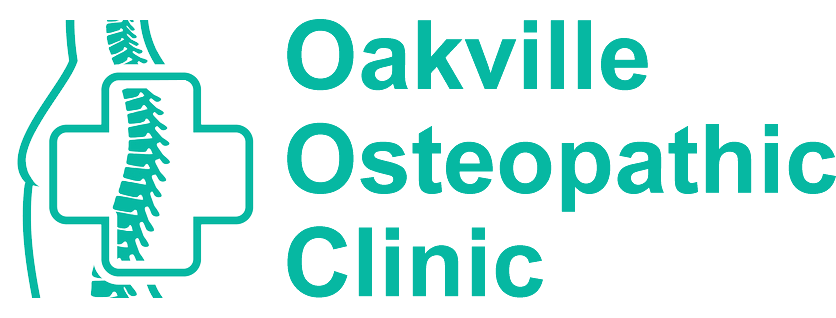What Training And Qualifications Do Osteopaths Need To Practice, And How Are They Regulated In Different Countries?
Do you ever wonder what it takes to become an osteopath? How do they gain the skills and qualifications necessary to practice, and how are they regulated in different countries? We’re here to answer all of your questions about osteopathy!
Osteopathic medicine is a holistic approach that focuses on diagnosing, treating, and preventing health issues in the musculoskeletal system. To be successful, practitioners need extensive training to hone their knowledge and skills in order to provide quality care for their patients. But what does this entail exactly? And how does regulation vary across countries? In this article, we take a closer look at what goes into becoming an osteopath and how regulations differ around the world.
So if you’re curious about studying or practicing as an osteopath – read on! We explore the requirements needed to get started with this profession, as well as dive into how they’re monitored by regulatory bodies in various countries. With our help, you can learn more about whether osteopathy could be right for you.
Overview Of Osteopathy
Osteopathy is a holistic healthcare practice which focuses on the connection between body structure and function. It uses manual techniques to diagnose, treat, and prevent health issues related to musculoskeletal dysfunction. Osteopaths look beyond symptoms to identify underlying causes of pain or illness. They work with patients to improve functionality and wellbeing through hands-on treatment and lifestyle changes.
The aim of osteopathic care is to reduce stress, restore balance in the body, and promote healing by increasing circulation and improving mobility in joints, muscles, tendons, ligaments, fascia, organs, bones, cranial structures (skull), spine, nerves – all components that make up our bodies. Osteopaths can provide relief from pain associated with injury or chronic conditions such as backache and arthritis. In addition they use their training in nutrition counselling to help people achieve optimal levels of physical activity for better health outcomes.


Requirements For Practice
To practice as an osteopath, one must complete a rigorous training program. Generally, this includes completing an accredited degree from a university that offers courses in the field of osteopathy and gaining additional credentials such as certification or licensure through professional organizations.
In addition to educational requirements, many countries also require practitioners to have knowledge of anatomy and physiology, be able to diagnose illness and injury correctly, perform manual therapy techniques safely and effectively, and understand the principles of patient-centered care. Furthermore, most countries require osteopaths to register with their relevant national regulatory body before they can legally practice in that country.
International Regulations
To practice osteopathy around the world, different countries have their own regulations and requirements. In some countries, such as the United Kingdom and Australia, osteopaths are required to register with a professional organization in order to be legally allowed to practice. The British Osteopathic Association (BOA) is responsible for registering osteopaths in the UK and setting educational standards that must be met before registration can take place. Similarly, in Australia, all practicing osteopaths need to be registered with the Osteopathy Board of Australia.
In other parts of Europe such as France and Germany, there exists a more regulated system where practitioners must hold specific qualifications and meet certain criteria prior to being able to work within their respective healthcare systems. In these cases, it is usually necessary for an individual to complete at least five years of accredited training in order to become an officially licensed practitioner of osteopathy.
Additionally, they may also require additional examinations or certifications from one or more governing bodies related to health care services within those countries. These organizations often set guidelines regarding treatment methods used by practitioners as well as ethical codes designed to protect patients’ safety and well-being when receiving treatment from qualified professionals. This ensures that only properly trained individuals are given permission to practice osteopathy within those regions. With this in mind, professional organizations play an important role in regulating the field of osteopathy internationally.
Professional Organizations
It may seem intimidating to become an osteopath, considering the complexities of different countries’ regulations. However, professional organizations exist that can help support and guide those interested in becoming a practitioner. These organizations are dedicated to providing resources for continued learning and development as well as offering accreditation programs so members can demonstrate their qualifications.
In most cases, joining one of these associations is voluntary yet highly beneficial for anyone wishing to practice osteopathy professionally. Membership often includes access to exclusive educational materials, such as journals and conferences; discounted rates on continuing education classes; networking opportunities with other professionals in the field; and discounts on products or services related to the profession. Furthermore, many of these organizations provide legal representation if there is ever any dispute between the practitioner and patient. Ultimately, belonging to a professional organization helps ensure that practitioners maintain high standards of safety and quality when treating patients.
Osteopathy is a holistic approach to health and healing that relies on the body’s ability to heal itself. Osteopaths must meet certain educational requirements in order to practice, such as completing an accredited training program and passing examinations. Regulations vary from country to country, but all osteopathic practitioners are subject to professional organizations such as The General Osteopathic Council (GOsC) which sets standards of practice for members.
For example, John Smith is a UK-based osteopath who graduated from the European School of Osteopathy with honors in 2018. He then passed his GOsC exams and registered as an osteopath with them in 2020. After being accepted into the register, he was able to start practicing safely and ethically according to the high standards set by the organization.
The qualifications and regulations governing osteopathy may seem complicated at first glance, but they ensure that patients receive safe treatments from qualified practitioners around the world. With proper education and adherence to professional guidelines, osteopaths can provide effective care for their clients while maintaining optimal safety standards.
